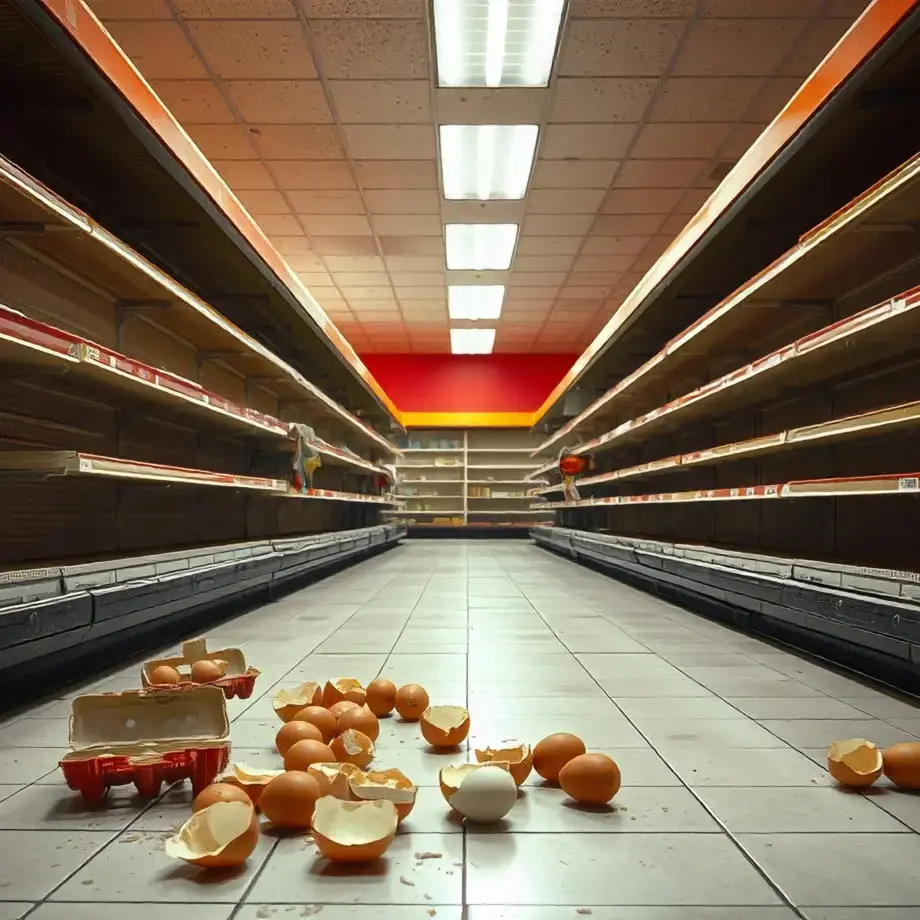Gulyas is the dish most associated with Hungary, but ask one-hundred Hungarian grandmothers for the original goulash recipe, and you may well end up with one-hundred variations on a theme. The basic principles of a lot of onions cooked for a long time with cubed meat (almost always beef) is fixed. Adding tomato paste and smoked or sweet paprika is pretty standard. Green peppers? Usually, but tell this to the wrong granny and you could end up with a wooden spoon-mark on your head. The details can change, so the recipe remains an elusive quarry.
What is Goulash?
But let’s go back a bit. The Hungarian word for the dish, gulyas, means “herdsman.” So this was originally European cowboy food. A dish men could make while away from home, originating on the Puszta (the Great Hungarian Plain), where cattle grazed before being herded to markets as far-flung as Venice and Vienna.
Cattle-herds and shepherds back in the 9th century Kingdom of Hungary, with the first “recipe,” if we can call it that, involving sun-dried strips of meat that were carried in bags made of sheep’s stomach (imagine a haggis backpack). The sheepskin could be placed in boiling water and cook the meat while rehydrating it, for a handy meal-on-the-go.
By the 19th century this tradition had evolved into several similar stews. Gulyasleves (“goulash soup”), paprikash (featuring chicken) and bogracsgulyas.













